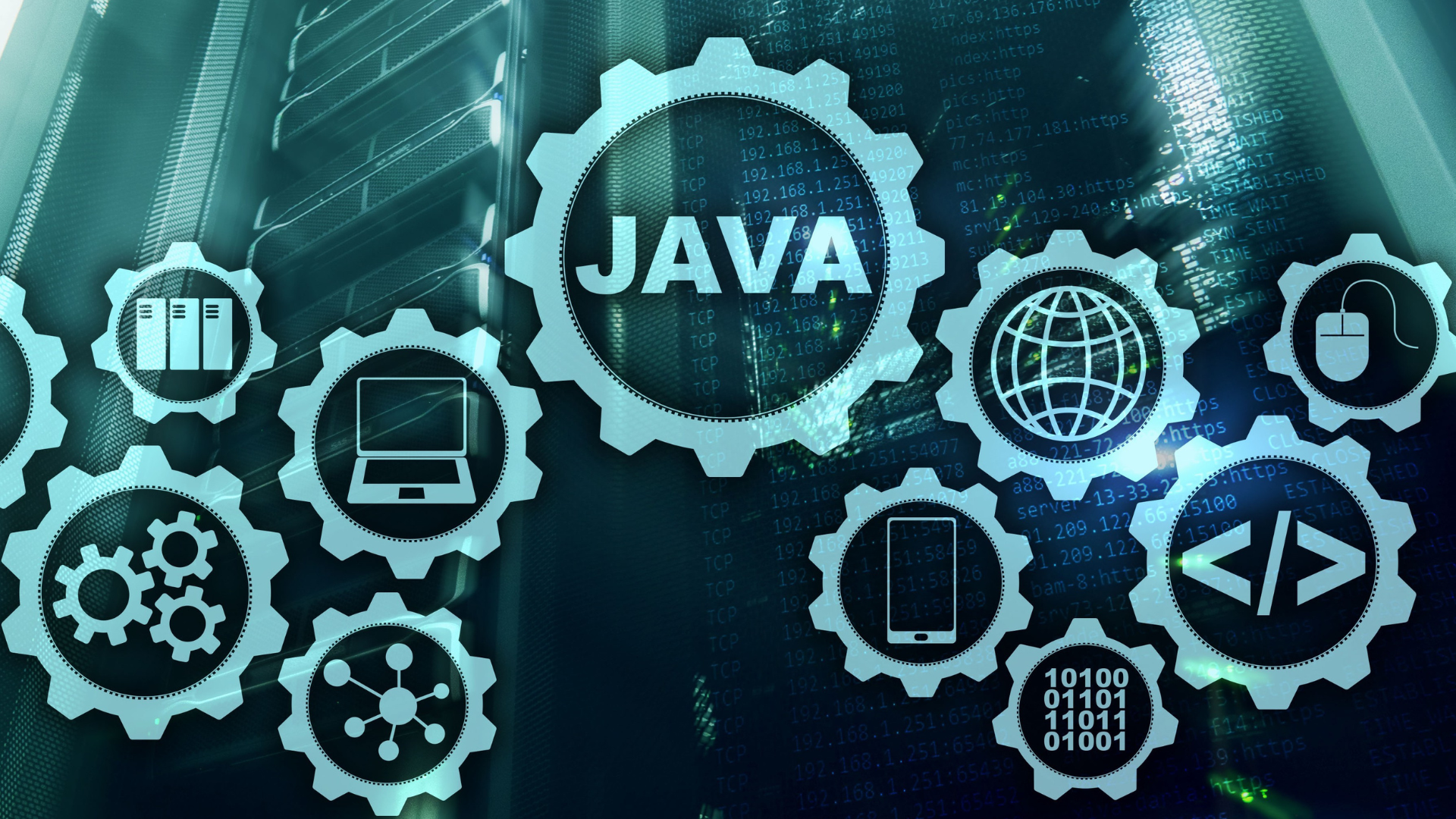Wondering how you could join and learn from some of the nation’s top experts in the Tech, Data and Design space? Look no further than the Sainsbury’s Engineering Jumpstart Programme.
If you’re imagining what it’ll be like, we’ve got you covered in our Jumpstarting my Career in Tech with Sainsbury’s series where we go behind the scenes and speak with real-live Sainsbury’s Tech Academy candidates and find out how they help create better retail experiences for Sainsbury’s customers using tech. Let’s get started with Joe Preddy!

What made you apply for the Engineering Jumpstart programme with Sainsbury’s Tech Academy?
I was already working for Argos in stores at the time, so I had some experience of the systems I could be working on from an end-user point of view, and I really liked the idea of being able to work on them from the other side, and play a part in building the systems that my colleagues would use daily.
The three rotations were the main draw towards the scheme compared with others on offer at the time. I had no idea what I wanted to do long-term, whether I'd be more interested in frontend or backend, so the rotations were a great way to try different things out, without worrying about being stuck there.
What were your expectations before joining and has the experience lived up to this?
My main hope was to be able to try a wide range of technologies to get an understanding of what I enjoyed doing, and I was pleased that this was the experience I had. Every team was really welcoming and I was able to learn at my own pace, and in some of the teams, I could set my own direction in what I wanted to learn.
What is the biggest learning you’ve taken away from the experience?
It was really eye-opening to get a view of how a business as large as Sainsbury's operates, and how much of a difference can be made in tech. It's wildly different to any experience I'd had working on the other side of retail.
What was your favourite rotation and why?
My third rotation, and ultimately where I stayed after the scheme and worked my way up to becoming a Senior Engineer was Pay@Browse. I really enjoy the direct connection it has with customers and colleagues. I can walk into my nearest Argos store and watch customers using the product that I work on day to day. It has a unique set of challenges including working with hardware like card readers and receipt printers, as well as incorporating some of the core tech stacks that I learned in my other rotations.
Which part of the tech stack you use(d) was easiest to pick up, and which was a bit more challenging?
In my first rotation, I was using Javascript and React to work on the checkout and basket sections of the Argos website. I found it really easy to pick up, and thoroughly enjoyed working with the language and framework - so much so I was sure that I was going to go on to become a Frontend engineer.
I was advised I should still give Backend engineering a go, and did so for my second rotation working on the search and recommendations services. It was really challenging, and a lot to get to grips with in such a small time, but ultimately I ended up enjoying working with Java, Kotlin and Spring as much, if not more than Frontend!
What surprised you most about the experience?
I was surprised at the amount of autonomy I was given as a new joiner in each team, as well as the fact that I was treated just like another member of the team. I naturally needed a lot more support than other members of the team, but always felt just as included, and that my opinion mattered.
I was also releasing code to production normally within weeks of starting in the team, and that included making mistakes and breaking things - there's never any blame, we just work on getting it fixed and understanding how to not let it happen again.
If you could give any advice to someone looking to join the programme, what would it be?
Give everything a try - there's no better opportunity to go out of your comfort zone and try something you're not sure you'll like. You might be surprised, and worst case you can pick something else on your next rotation.
Also, don't be afraid to ask! If you're spending more than 30 minutes struggling with a problem, reach out! You'll learn something quicker, and whatever it is you're working on will be delivered quicker.
Lastly, fail fast. You'll make mistakes, you might even take down the website, but as long as you learn from it and understand how it happened, it's not a problem!
Applications are now closed.

.png)
